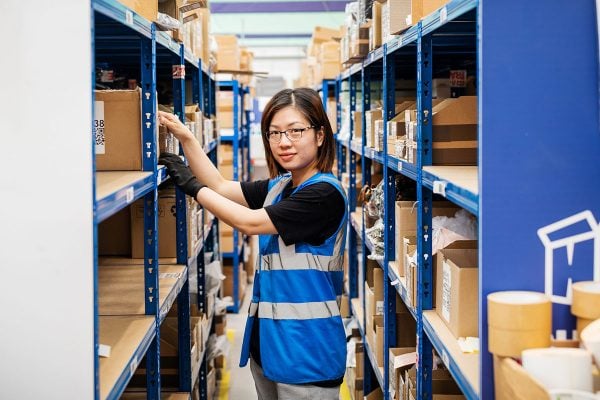In the near future, direct payments will be possible via the image sharing service Instagram. What would paying with Instagram – and the future of direct payments generally – mean for ecommerce? Roger Niederer, Head Merchant Services of SIX Payment Services, gives us a much needed reality check
Instagram launched its own long-form video sharing service – Instagram TV – last week; but it also announced that it would be offering direct payment from its original app. With this announcement the app, first launched in 2010, follows a rather logical path. The potential of many millions of Instagram users should increasingly be used for e-commerce.
In the beginning, in 2016, the so-called ‘shoppable tags’ were introduced by Instagram. However, these tags continue to take willing participants to the online shop of a merchant. In the future this step could be omitted. Instagram is currently testing a payment function that is directly integrated into its app.
How well developed is this feature and what does it mean for merchants? .
Check 1: Everybody can now pay for products by Instagram
So far, the feature has only been activated for selected users in the UK and US. In addition, Instagram wants to focus on specific sectors, at least for now. Resy, the online restaurant booking service, is one of the few companies that already offer an Instagram payment function. Also cinema tickets could soon be reserved on Instagram and be paid directly through the app. We can assume that the payment function will expand in the future as the ‘Shoppable Tags’ were initially introduced for a limited brand portfolio and are now an integral part of the app.
Check 2: How does the payment process work and how does Instagram generate revenue?
To use the payment feature, Instagram users must register a credit or debit card and choose a PIN number. This allows payments to be processed directly within the app. Until now, users who click on a buy button are directed to the online shop of the retailer via an integrated browser. There they have to log in or re-register to proceed, which of course takes up valuable time.
The new payment feature should significantly shorten the purchase journey and payment process. It is still unclear whether the service will be paid for by the merchants. The offer would probably be financially viable without a fee for the merchant as we can assume that companies will increasingly choose to advertise on the platform, if there is a possibility that consumers make a direct purchase.
Check 3: How does this change affect the European retail market?
It is clear that with the ever increasing rise of Instagram users across Europe the app offers a huge potential for e-commerce, which cannot be ignored. This is particularly interesting when you look at the large network of consumer influencers that have sprung up on Instagram recently. Today, it is very easy to speak directly to potential customers via the app. The new payment function may mean that shopping could become even more intuitive and make the customer journey more convenient.
We know that a customer journey that includes too many clicks and redirects has a negative effect on a customer’s experience – which is also why Amazon streamlined its process and introduced the ‘one-click’ to buy option a long time ago.
Conclusion
The world of money is without doubt becoming more complex. Instagram’s move to launch its own payment function must be seen in the context of a general trend. Our world is getting more and more connected, all sorts of devices are now online and the Internet of Things (IoT) has become a household term. At the same time, online shopping and payment behaviour are also changing and retailers should be prepared for payment processes to become more diverse and range from debit and credit cards, instant transfers and direct debits to apps. With an experienced payment service provider integrating all of these payment methods, retailers are well positioned for a digital future that is both exciting and full of promise.







